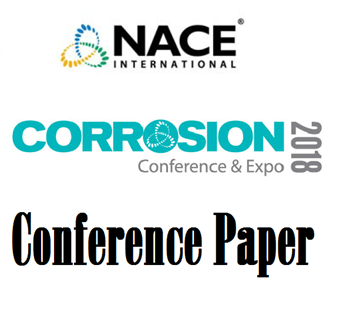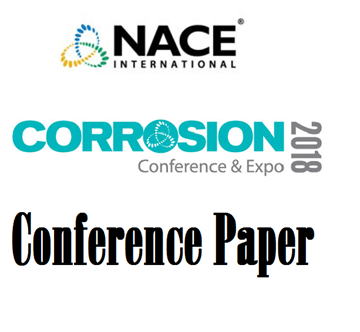Search
10094 Monitoring Top of Line Corrosion with Eddy Current Technology Combined with Magnetic Flux Leakage Method
Also Purchased
51318-11117-Top-of-Line Corrosion Inhibiton and Proposal of an Inhibition Mechanism
Product Number:
51318-11117-SG
Publication Date:
2018
$20.00
51312-01275-Development of Top of Line Corrosion Inhibitors and a Top of Line Corrosion Test Method
Product Number:
51312-01275-SG
ISBN:
01275 2012 CP
Publication Date:
2012
$20.00
51318-11223-Evaluation of Top-of-Line Corrosion Model for Multiphase Oil and Gas Environments
Product Number:
51318-11223-SG
Publication Date:
2018
$20.00




